Disclaimer: This blog post contains affiliate links. If you make a purchase through these links, I may earn a small commission at no additional cost to you. Learn More. Thank you for supporting our garden community.
Best Early Spring Garden Vegetables
Spring is a time for renewal, and that includes your garden! But before summer heat arrives, there’s a window to plant early spring garden vegetables that thrive in crisp weather. Get ready to enjoy the satisfaction of harvesting fresh, homegrown vegetables at the peak of flavor by planting early spring vegetables!
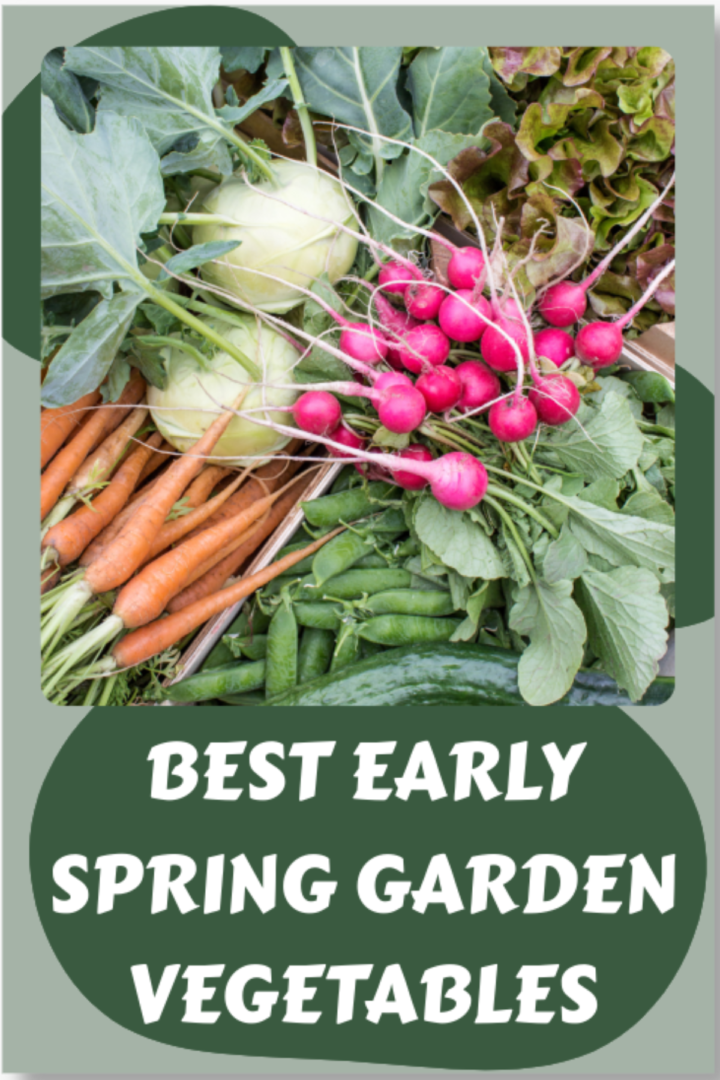
Early spring is a great time to plant those pesky cool-season crops that will get scorched in the summer heat.
Best Early Spring Garden Vegetables
This blog post will teach you about the benefits of planting vegetables early in the spring. It will cover how to plan your cool-season vegetable garden, including what to plant and when. You’ll also learn how to care for your vegetables and harvest them for a delicious and rewarding early spring bounty.
Benefits of Planting Early Spring Garden Vegetables
There are many reasons to consider planting an early spring vegetable garden:
- Fresh, homegrown taste: Enjoy the unmatched flavor of vegetables you nurtured from seed. There is nothing that will ever compare to the taste of the vegetables you grow in your own backyard.
- Extend your harvest season: Maximize your garden’s potential by planting cool-season crops followed by warm-weather vegetables later in the summer. This gives you multiple harvests throughout the year.
- Cool weather tolerance: Certain vegetables actually prefer cooler temperatures and may struggle in the scorching heat of summer. When temperatures are too high, some vegetables, like leafy greens, brassicas, and root crops, will run to seed prematurely (bolt). This will ruin your harvest.
- Variety on your plate: Early spring brings a unique selection of delicious vegetables to add to your meals.
Planning Your Early Spring Vegetable Garden
Before you start planting, it’s important to do some planning to ensure your cool-season vegetables thrive. Here are some key things to consider:
- Planting zones and frost dates: Research your specific planting zone to determine the best time to sow seeds outdoors. Knowing your average last frost date will help you avoid planting too early.
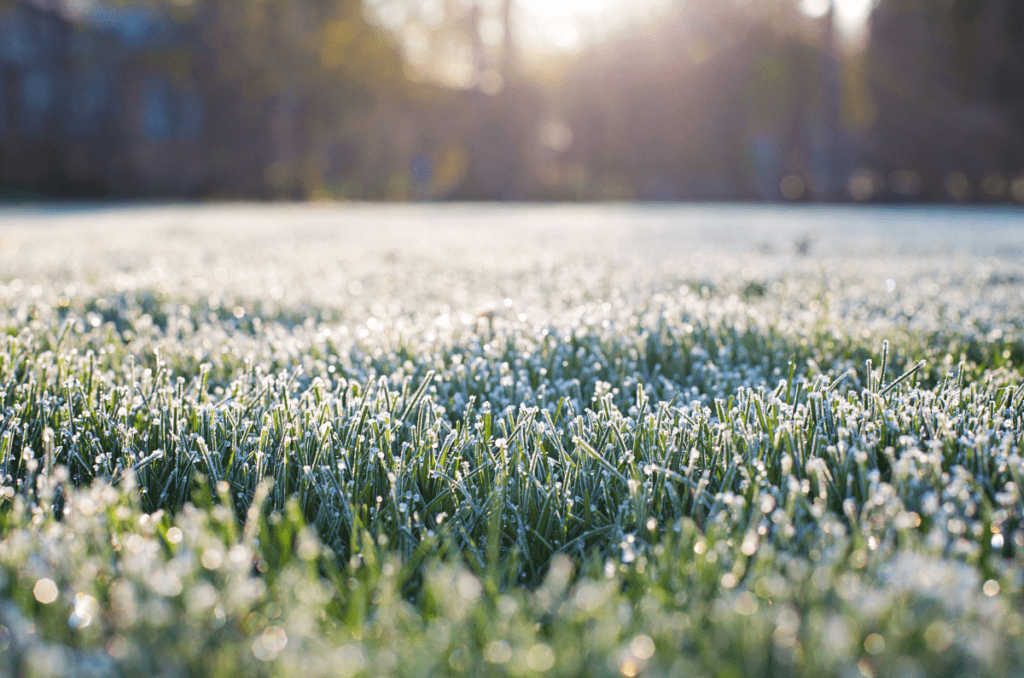
- Seed selection: There are many popular and easy-to-grow vegetables that do well in cooler temperatures. Here are some favorites that you can purchase from SeedsNow:
- Lettuce: A classic choice for salads and sandwiches. There are many lettuce varieties to choose from, so you can find one that suits your taste.
- Peas: Snap peas and snow peas are delicious raw or cooked, perfect for snacking or adding to stir-fries.
- Spinach: A super nutritious leafy green that can be enjoyed in salads, smoothies, or cooked dishes.
- Carrots, Beets, and Radishes: These root vegetables add a colorful and flavorful crunch to salads and roasted vegetable dishes.
- Sun exposure: Different vegetables have different sun requirements. Research the specific needs of your chosen vegetables to ensure they get the right amount of sunlight each day.
- Soil preparation: Healthy soil is essential for plant growth. Amending your soil with compost or other organic matter, as well as an organic fertilizer, can help improve drainage and nutrient content. You can purchase a high-quality organic fertilizer from The Andersons
Planting and Care Tips
Once you’ve planned your garden and chosen your vegetables, it’s time to plant! Here are some general planting and care tips for early spring garden vegetables:
- Planting instructions: Planting depths and seed spacing will vary depending on the vegetable. Refer to the seed packet instructions for specific details.
- Watering needs: Early spring vegetables typically need regular watering, especially during dry periods. If you want to purchase a retractable hose reel, check out Giraffe Tools for their wide selection.
- Weeding and pest control: Regular weeding will help your vegetables to grow larger and healthier. Many organic pest control methods are effective for early spring gardens, such as using insecticidal soap or encouraging beneficial insects like ladybugs. This is especially helpful when dealing with aphids.
Harvesting and Enjoying Your Early Spring Bounty
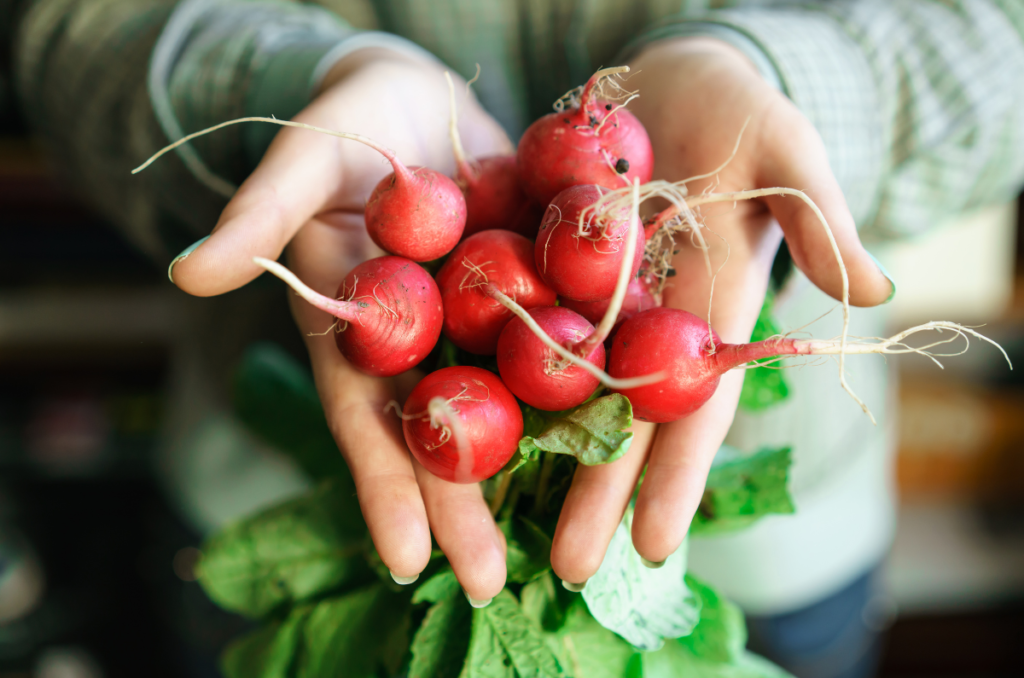
The best part of planting a garden is harvesting your homegrown vegetables! Here are some tips:
- Harvesting tips: The harvesting time for each vegetable will vary. Lettuce can be harvested throughout the season by picking individual leaves, while root vegetables like carrots and beets are ready when they reach a mature size. Refer to seed packet instructions or online resources for specific harvesting guidance for each vegetable.
- Recipes: There are endless ways to enjoy your early spring vegetables! Search online for recipe inspiration or use them in your favorite dishes. Be creative!
Frequently Asked Questions
Most leafy greens, brassicas, peas, and root crops can be planted in early spring. These vegetables can tolerate frosts and will benefit from cooler temperatures.
Lettuce is one of the lowest maintenance plants to grow in spring. Lettuce doesn’t require too much fertilizer or sunlight, making it the perfect plant for early spring.
The exact timing for planting early spring vegetables depends on your climate and the specific vegetable. A good rule of thumb is to plant cool-season vegetables after the danger of frost has passed in your area. You can usually find this information online or by consulting with local gardening experts.
All of the vegetables mentioned here and more can be planted in April: Peas, lettuce, spinach, root crops, brassicas, chicory, radicchio, green onions, leeks, and many more.
Products:
If you want to purchase seeds for your spring garden, check out the following link:
Conclusion
Planting early spring vegetables is a great way to jumpstart your gardening season and enjoy fresh produce early on. With a little planning and care, you can be enjoying the fruits (or should we say, vegetables) of your labor in no time! So why not give it a try?
With a cool-weather vegetable garden, you can extend your harvest season and enjoy the satisfaction of homegrown vegetables throughout the spring.
If you want to learn more about gardening, foraging, nature, and sustainability, check out The Real Gardener on Instagram, YouTube, and Pinterest.
Pin this post for later:
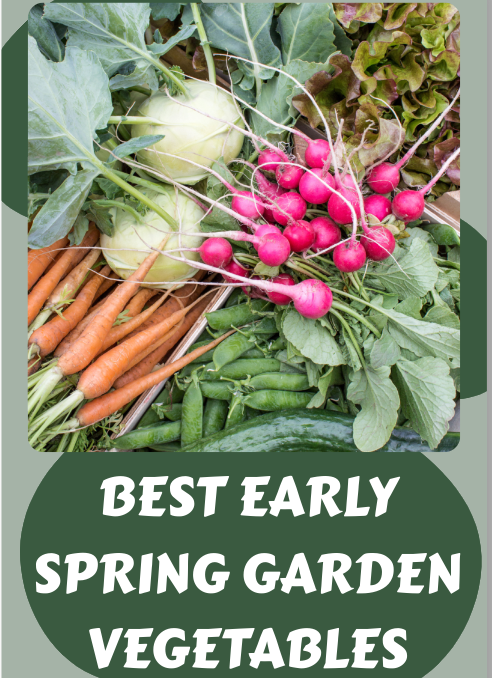
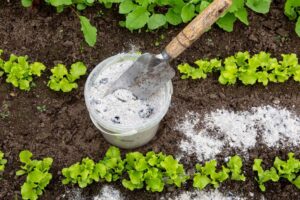
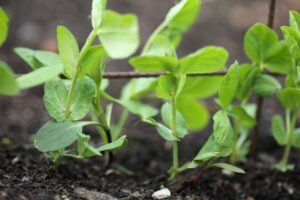
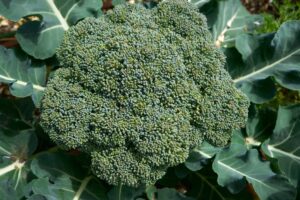
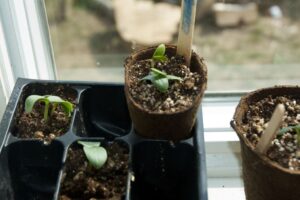
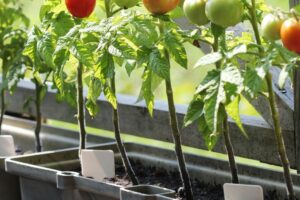
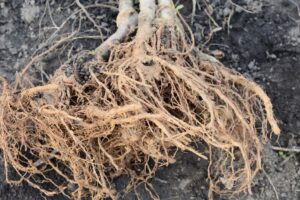
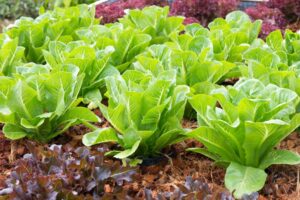
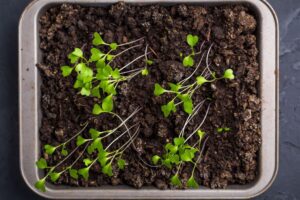
Leave a Reply